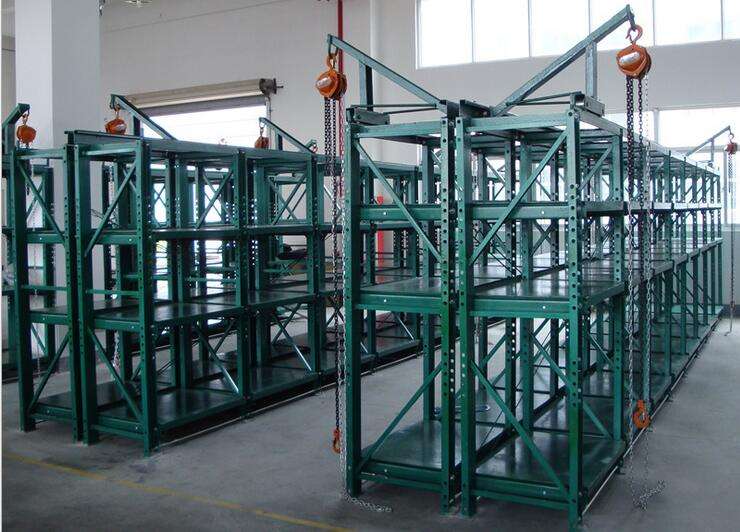Selecting the perfect storage racking system for your warehouse isn’t just about buying shelves—it’s a strategic decision that impacts efficiency, safety, and profitability. With options ranging from selective pallet racks to high-density automated systems, the wrong choice can lead to wasted space, slower workflows, and even workplace hazards. In this comprehensive guide, we’ll walk you through the key factors to consider, compare popular storage racking types, and share actionable tips to ensure your warehouse operates at peak performance.

Why Your Storage Racking Choice Matters
Your storage racking system is the backbone of your warehouse. It directly affects:
- Space Utilization: Maximizing vertical and horizontal storage capacity.
- Operational Efficiency: Reducing pick times, labor costs, and errors.
- Safety: Preventing collapses, overloading, or aisle congestion.
- Scalability: Adapting to seasonal demand or business growth.
A well-chosen system can boost productivity by 20–40%, while a poor fit can drain resources. Let’s dive into how to make the right choice.
Step 1: Assess Your Warehouse Needs
A. Understand Your Inventory
- Product Types: Are you storing pallets, small parts, or mixed sizes?Example: Automotive parts may require bin shelving, while bulk pallets need heavy-duty racks.
- Weight and Dimensions: Calculate maximum load per shelf (e.g., 500 lbs vs. 10,000 lbs).
- Turnover Rates: Prioritize quick access for high-demand SKUs (A-items) and dense storage for slow movers (C-items).
B. Audit Your Space
- Ceiling Height: Warehouses with 30+ ft ceilings can leverage vertical storage racking like cantilever or mezzanine systems.
- Floor Strength: Older facilities may need reinforcement for heavy loads.
- Aisle Width: Match to equipment (e.g., 8–10 ft for narrow-aisle forklifts).
C. Plan for Growth
- Will you expand inventory by 20% in 3 years?
- Are automation or robotics part of your future roadmap?
Step 2: Compare Storage Racking Types
- Best For: High-SKU diversity with frequent access needs.
- Features: Adjustable beams, direct pallet access.
- Pros: Affordable, flexible, easy to install.
- Cons: Requires wide aisles (10–13 ft) for forklifts.
- Best For: Bulk storage of identical products (e.g., beverages, paper goods).
- Features: Forklifts drive into lanes to store pallets 5–10+ deep.
- Pros: Maximizes space (50–75% denser than selective racks).
- Cons: Limited SKU variety; higher risk of product damage.
3. Push Back Racking
- Best For: Medium-turnover goods needing a balance of density and accessibility.
- Features: Pallets ride on inclined carts; last-in, first-out (LIFO) system.
- Pros: Stores 2–6 pallets deep without forklift entry.
- Cons: Higher cost per pallet position.
